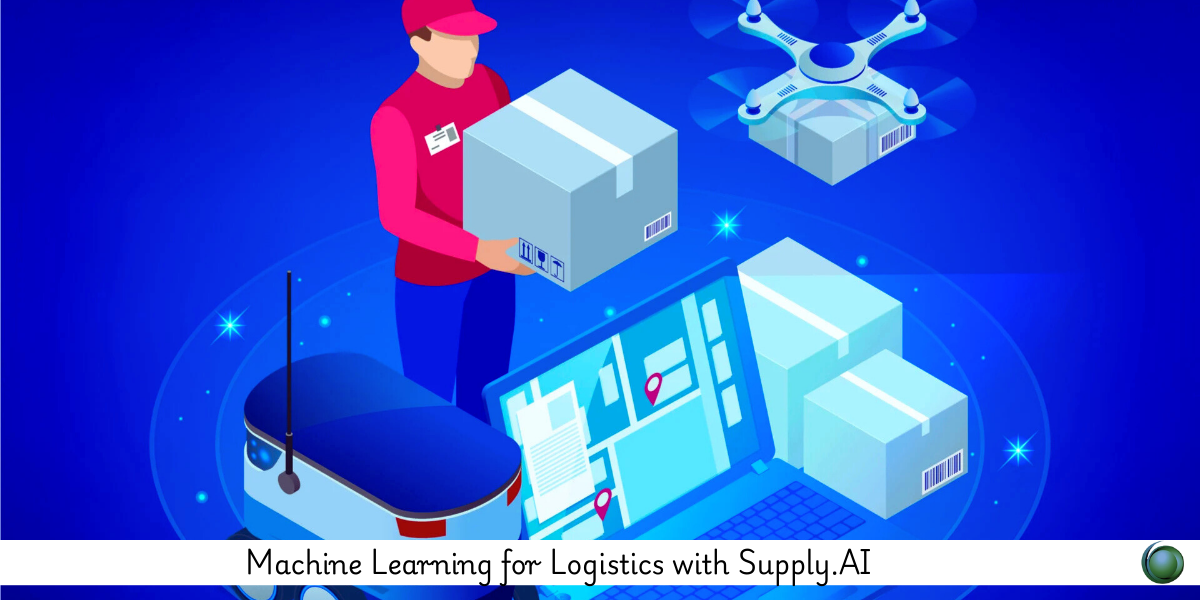Description
Introduction
Logistics operations face increasing complexity from fluctuating demand, rising costs, and evolving customer expectations. This course explores how Supply.AI leverages Machine Learning (ML) to optimize transportation, warehousing, and fulfillment processes. You’ll gain insights into predictive analytics, route optimization, demand forecasting, and risk mitigation—all tailored for real-world logistics challenges. By the end of this course, you’ll be able to apply ML-driven strategies to improve efficiency, reduce costs, and boost supply chain resilience.
Prerequisites
-
Fundamental understanding of supply chain and logistics workflows
-
Familiarity with analytics dashboards or BI tools
-
No prior machine learning experience required (concepts will be introduced from scratch)
Table of Contents
1. Introduction to Machine Learning in Logistics
1.1 Why Machine Learning Matters in Logistics
1.2 Key ML Concepts: Supervised, Unsupervised, and Reinforcement Learning
1.3 Overview of Supply.AI’s ML Capabilities
2. Data Foundations for ML-Driven Logistics
2.1 Data Sources: ERP, WMS, TMS, IoT, Telematics
2.2 Preparing and Cleaning Logistics Data
2.3 Data Integration with Supply.AI
3. Demand Forecasting and Inventory Optimization
3.1 Predicting Order Volumes with ML Models
3.2 Dynamic Safety Stock and Reorder Points
3.3 Reducing Stockouts and Overstocks
4. Route Optimization and Transportation Planning
4.1 Predictive Route Planning Using ML
4.2 Real-Time Traffic and Weather Considerations
4.3 Cost-Efficient Freight Allocation
5. Warehouse Operations Optimization
5.1 Predictive Slotting and Picking Routes
5.2 Labor Forecasting and Workforce Optimization
5.3 Automated Guided Vehicles (AGV) and Robotics Insights
6. Risk Prediction and Disruption Management
6.1 Identifying Supply and Transportation Risks
6.2 Predicting Delays and Mitigating Disruptions
6.3 Supplier Reliability Scoring
7. Cost Prediction and Optimization
7.1 Forecasting Freight and Fuel Costs
7.2 Optimizing Carrier Contracts with ML Insights
7.3 Evaluating Cost-to-Serve by Customer Segment
8. Automating Logistics Decision-Making
8.1 AI-Driven Alerts and Recommendations
8.2 Configuring Automated Workflows
8.3 Integrating with Chatbots and RPA
9. Building Custom ML Models in Supply.AI
9.1 Leveraging Pre-Built Models
9.2 Creating Custom Models with AutoML
9.3 Model Training, Evaluation, and Deployment
10. Use Cases Across Logistics Sectors
10.1 Retail: Optimized Last-Mile Delivery
10.2 Manufacturing: Predictive Maintenance for Fleet
10.3 E-Commerce: Dynamic Fulfillment Routing
11. Measuring Success and Continuous Improvement
11.1 KPIs for ML-Enhanced Logistics
11.2 Monitoring Model Performance Over Time
11.3 Scaling ML Capabilities Across Operations
Machine Learning with Supply.AI unlocks powerful logistics optimizations—from predictive demand planning to intelligent routing and risk mitigation. You’re now equipped to deploy ML models that streamline operations, improve service levels, and lower costs. Applying these insights will help future-proof your logistics operations against evolving market demands.







Reviews
There are no reviews yet.